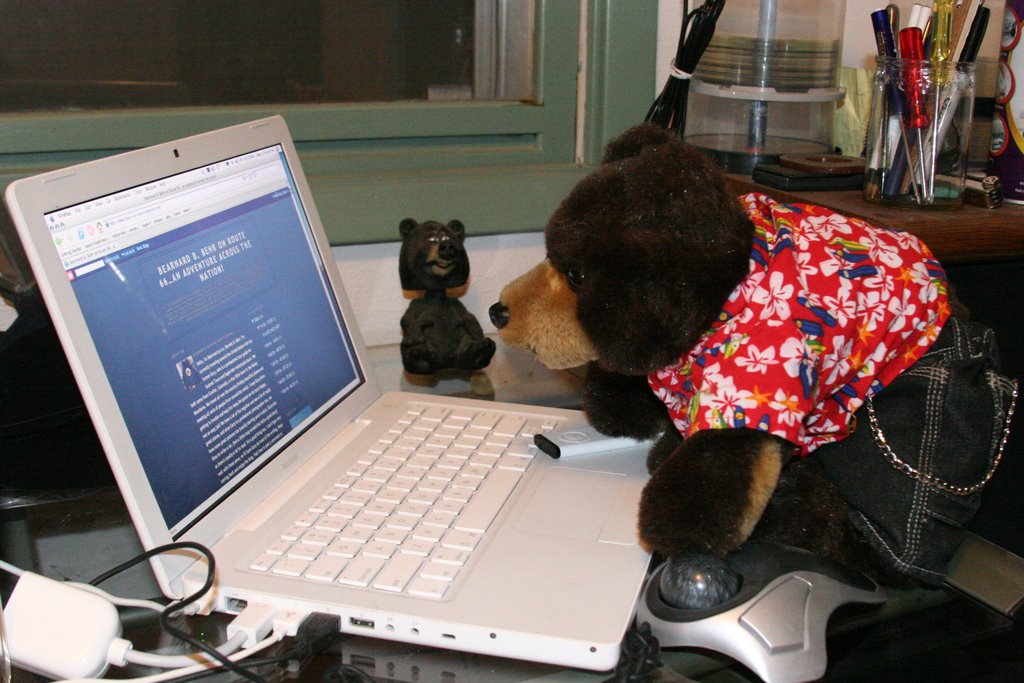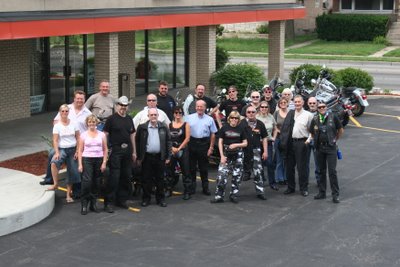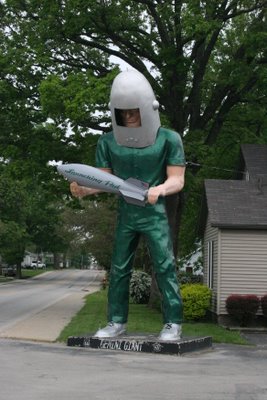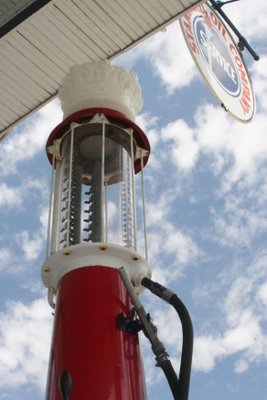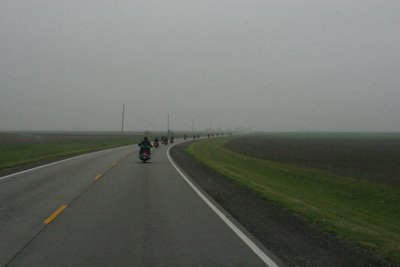
Into the Heartland

Just when it starts to become uncomfortable we stop again at one of the attractions along the route, Meramac caverns. This was the hide-out of the infamous train, stagecoach and bank robber, Jessee James. It’s cool, sixty-degree constant temperature is a welcome relief from the hot afternoon sun beating down and slowly roasting brains in helmets. Along with the cave tour, there’s a very popular Ice-cream counter in the gift shop and cafeteria, the perfect way to cool off. After the caverns it’s time to get back on the bikes and go to our hotel, take a long shower, have a few beers, eat dinner and get a good night’s rest.

Our third day on the road, another day of riding through the heartland of the United States. This is the day we get a real good look at the small farming communities found across the country. We begin with a brief breakfast at the hotel, load up and hit the road.
 Our first stop is in Carlinville, Illinois for an up-close look at a typical small town plaza. With it’s cobblestone street and gazebo in the center of town, it’s a perfect example. Also a great place to get a mid-morning coffee to combat the jet-lag many of the riders are experiencing. This stop also allows everyone to meet the locals, friendly, good-natured people who tipify the typical midwesterner.
Our first stop is in Carlinville, Illinois for an up-close look at a typical small town plaza. With it’s cobblestone street and gazebo in the center of town, it’s a perfect example. Also a great place to get a mid-morning coffee to combat the jet-lag many of the riders are experiencing. This stop also allows everyone to meet the locals, friendly, good-natured people who tipify the typical midwesterner.
Afterward we continue our zig-zag course through the heartland passing family farms and miles of farmland.
We continue through the rolling hills until lunchtime and stop for something to eat and another chance to share our observations with other. Then it’s back on the bike in the mid-day heat for more riding. Our first stop is in Carlinville, Illinois for an up-close look at a typical small town plaza. With it’s cobblestone street and gazebo in the center of town, it’s a perfect example. Also a great place to get a mid-morning coffee to combat the jet-lag many of the riders are experiencing. This stop also allows everyone to meet the locals, friendly, good-natured people who tipify the typical midwesterner.
Our first stop is in Carlinville, Illinois for an up-close look at a typical small town plaza. With it’s cobblestone street and gazebo in the center of town, it’s a perfect example. Also a great place to get a mid-morning coffee to combat the jet-lag many of the riders are experiencing. This stop also allows everyone to meet the locals, friendly, good-natured people who tipify the typical midwesterner.Afterward we continue our zig-zag course through the heartland passing family farms and miles of farmland.

Just when it starts to become uncomfortable we stop again at one of the attractions along the route, Meramac caverns. This was the hide-out of the infamous train, stagecoach and bank robber, Jessee James. It’s cool, sixty-degree constant temperature is a welcome relief from the hot afternoon sun beating down and slowly roasting brains in helmets. Along with the cave tour, there’s a very popular Ice-cream counter in the gift shop and cafeteria, the perfect way to cool off. After the caverns it’s time to get back on the bikes and go to our hotel, take a long shower, have a few beers, eat dinner and get a good night’s rest.

